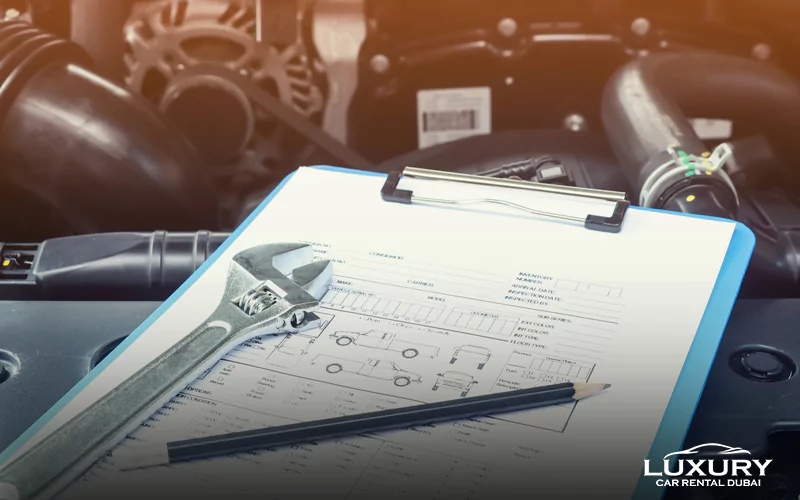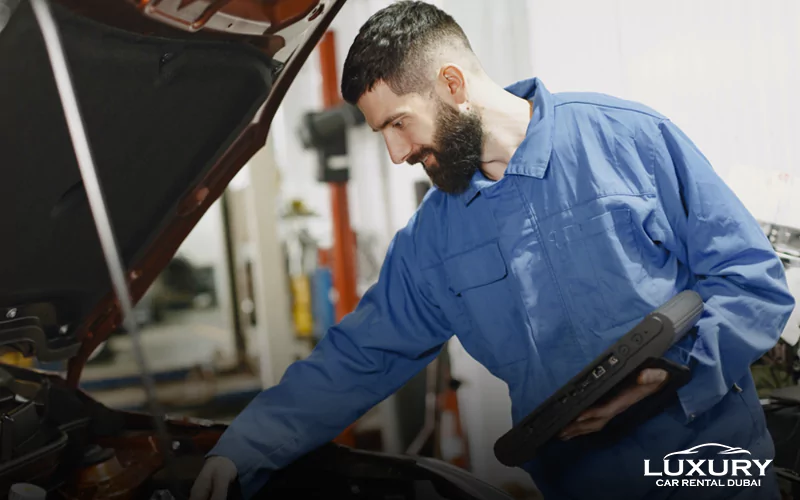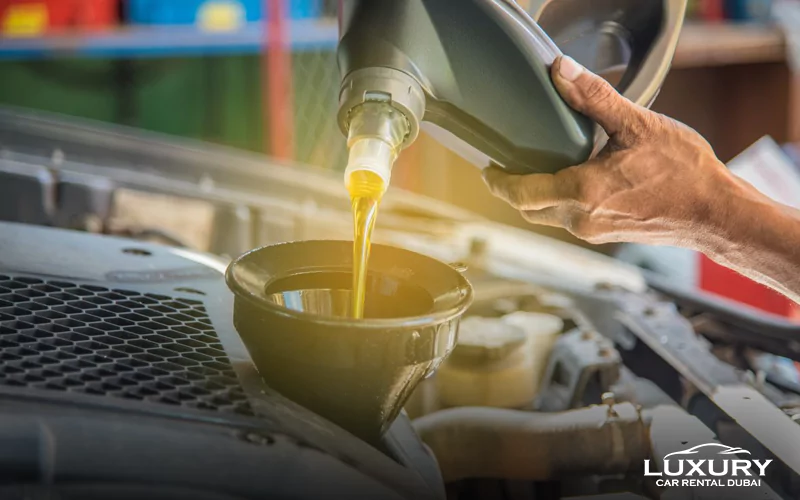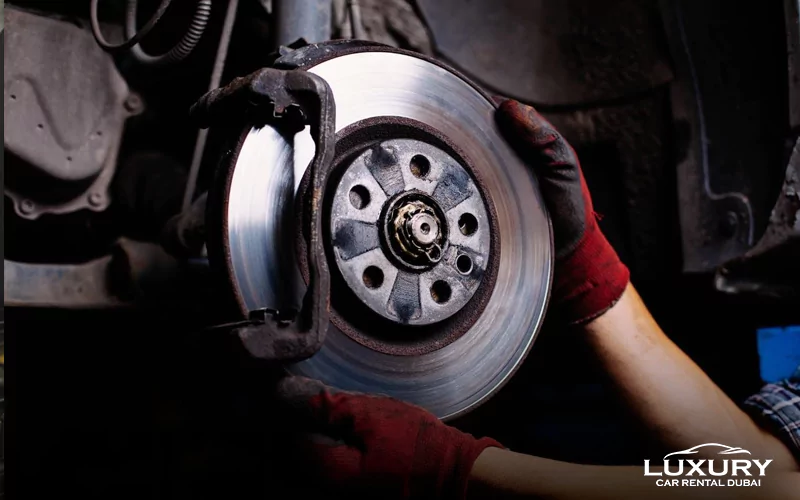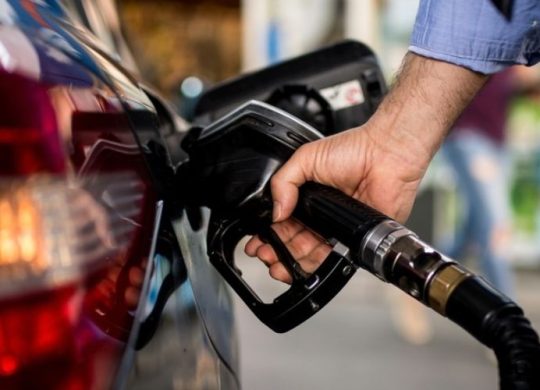What is a car safety inspection?
A car safety inspection is a thorough examination of a vehicle’s components, systems, and overall condition. This process is also known as a vehicle safety inspection or vehicle inspection.
The procedure is typically conducted by authorized inspection stations or certified technicians who follow specific guidelines and standards. These standards are set by regulatory bodies or local authorities.
Purpose of car safety inspections
The primary purpose of a car safety inspection is to assess the safety and roadworthiness of a vehicle. By identifying potential mechanical, electrical, or structural issues, inspections help prevent accidents, breakdowns, and malfunctions. These hazards could pose risks to the driver, passengers, and other road users.
Additionally, car safety inspections also contribute to environmental concerns by ensuring vehicles meet emission standards. Car safety inspection includes the following:
- Inspection items and criteria
- Frequency of inspections
Inspection items and criteria
Car safety inspections cover a wide range of components and systems. The specific inspection items and criteria may vary depending on the jurisdiction or the type of inspection being conducted. However, common areas of assessment include the following aspects:
- Brakes
- Tires
- Lights
- Steering
- Suspension
- Exhaust system
- Seatbelts
- Windshield
- Mirrors
- Wipers
- Horn
- Vehicle body condition
- Vehicle Identification Number (VIN) verification
Some inspections may also include emission testing to check for compliance with environmental regulations.
Frequency of inspections
The frequency of car safety inspections varies across different regions and jurisdictions. Some areas require inspections annually, while others mandate inspections every few years or only for specific vehicle types (e.g., commercial vehicles, used cars, or vehicles involved in accidents).
It is crucial to check the local regulations and requirements regarding inspection intervals to ensure compliance.
Importance of car safety Inspections
Car safety inspections serve several vital purposes. First and foremost, they help safeguard the lives of drivers, passengers, and pedestrians. This is done by identifying potential safety hazards and ensuring that vehicles are in good operating condition.
Inspections can also help detect hidden issues that may not be apparent during regular maintenance. This allows for timely repairs to prevent further damage and costly repairs down the line.
Additionally, compliance with safety inspection regulations may be necessary for vehicle registration, insurance coverage, or obtaining necessary permits.
Preparing for a car safety Inspection
To increase the likelihood of passing a car safety inspection, there are some essential steps you can take.
- Regular maintenance and servicing of your vehicle are crucial
- Ensuring that components like brakes, tires, lights, and fluid levels are in optimal condition.
- Conducting a pre-inspection check by examining critical areas of your vehicle can help identify any apparent issues that may need attention.
- It is also important to gather all necessary documents, such as vehicle registration, insurance information, and any required paperwork specific to the inspection.
What is a 20 point check for a car?
A 20-point car check refers to a basic inspection that covers specific components and systems of a vehicle to ensure its general condition and functionality. While the exact items included may vary depending on the service provider or inspection facility, here is a typical example of a 20-point car check:
- Engine oil level: Checking the level and condition of the engine oil.
- Coolant level: Verifying the coolant level in the radiator or coolant reservoir.
- Brake fluid: Inspecting the brake fluid level and condition.
- Power steering fluid: Checking the level of power steering fluid.
- Transmission fluid: Verifying the transmission fluid level (for automatic transmissions).
- Battery condition: Assessing the battery’s charge level and overall condition.
- Battery terminals: Inspecting and cleaning the battery terminals and connections.
- Belts: Checking the condition and tension of engine belts.
- Hoses: Inspecting hoses for leaks, cracks, or bulges.
- Radiator: Assessing the radiator for any signs of leaks or damage.
- Brakes: Verifying brake pad thickness and assessing brake performance.
- Tires: Checking tire pressure, tread depth, and overall condition.
- Suspension: Inspecting suspension components for wear, damage, or leaks.
- Lights: Verifying the functionality of headlights, taillights, indicators, and brake lights.
- Windshield wipers: Checking wiper blades for wear and tear and ensuring proper functionality.
- Windshield washer fluid: Verifying the level of windshield washer fluid.
- Exhaust system: Inspecting the exhaust system for leaks, rust, or damage.
- Steering: Checking the steering system for any issues, including play or unusual noises.
- Fuel cap: Verifying the fuel cap is sealing properly to prevent fuel evaporation.
- Vehicle Identification Number (VIN): Verifying the VIN matches the vehicle documentation.
It’s important to note that a 20-point check is a basic inspection that may not cover all components and systems thoroughly. For a more comprehensive examination, it’s recommended to opt for a detailed inspection or follow the manufacturer’s maintenance schedule.
Keep your car in check: Enjoy a pleasant and safe driving experience
Car safety inspections play a crucial role in ensuring the safety and roadworthiness of vehicles. By assessing key components and systems, inspections help identify potential hazards and promote responsible driving practices.
Regular compliance with safety inspection requirements enhances the safety of drivers, passengers, and pedestrians and also contributes to a safer and more efficient transportation system overall.
By prioritizing car safety inspections, we can take proactive measures to reduce accidents. Perhaps, if you are looking to eliminate the hassle of car safety inspections, you can always opt for our luxury car rental in Dubai.
We ensure the timely maintenance of our cars, enabling you a safe and pleasurable driving experience.

